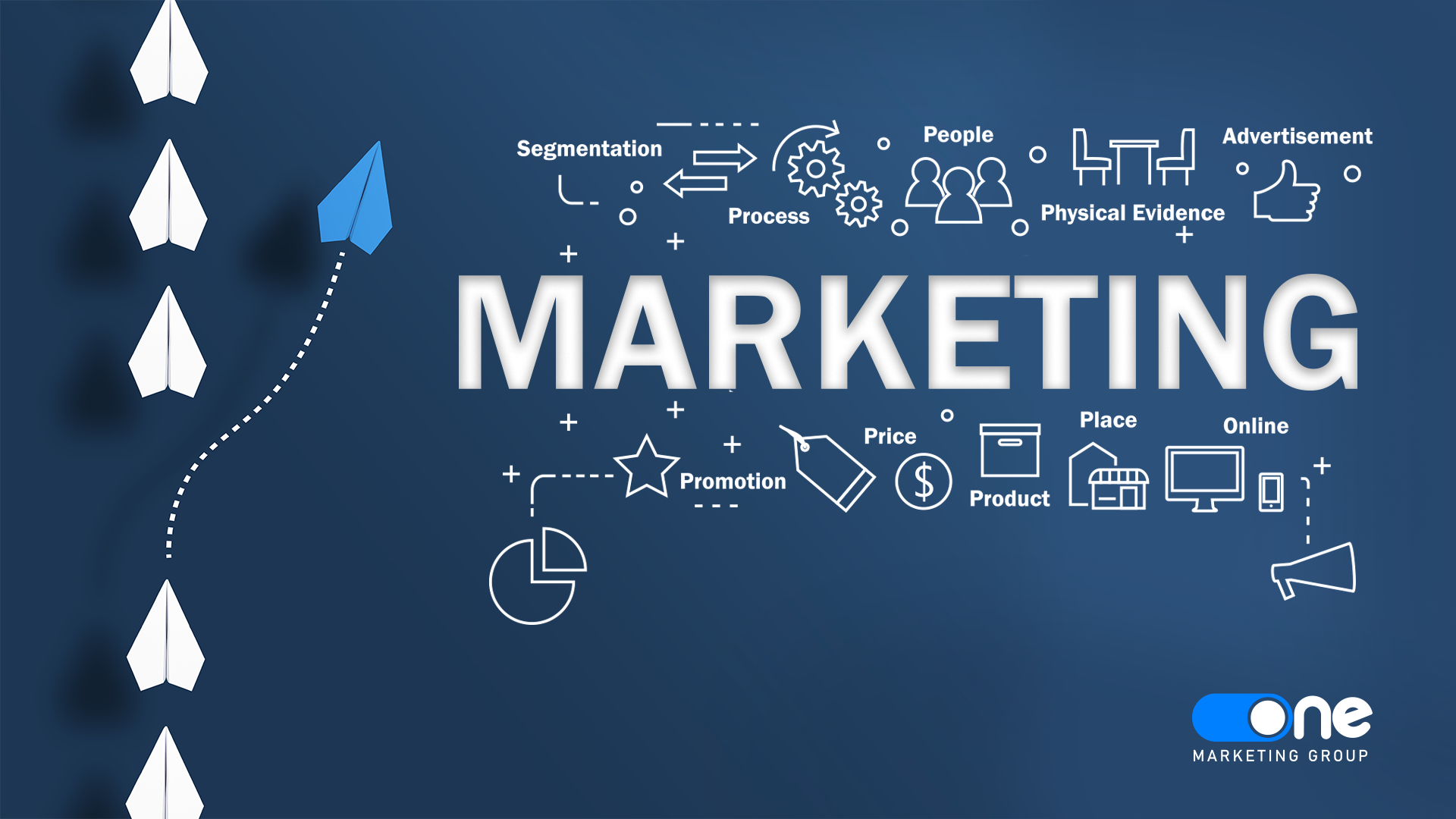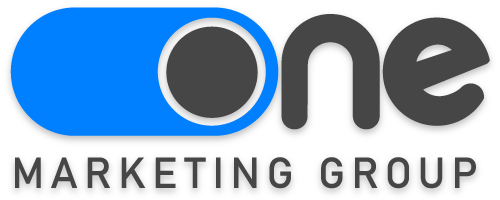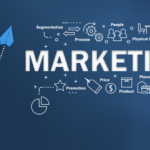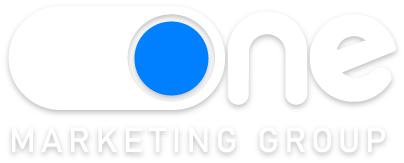
Discovering the Best Marketing Strategy for Your Business
- [email protected]
- August 21, 2024
- Blogs
- 0 Comments
Discovering the Best Marketing Strategy for Your Business
In the dynamic landscape of modern business, finding the best marketing strategy is crucial for driving growth and achieving success. With countless options available, it can be challenging to determine which approach will yield the best results for your unique business needs. At One Marketing Group, we specialize in helping businesses identify and implement effective marketing strategies. This comprehensive guide will explore various marketing strategies, evaluate their strengths, and provide insights to help you choose the best approach for your business.
Understanding Different Marketing Strategies
Digital Marketing
Overview of Digital Marketing
Digital marketing encompasses all marketing efforts that use the internet or electronic devices. This strategy includes various channels such as search engines, social media, email, and websites.
Key Components of Digital Marketing
- Search Engine Optimization (SEO): Improving your website’s visibility on search engines to attract organic traffic.
- Pay-Per-Click (PPC) Advertising: Paying for ad placements on search engines and other platforms.
- Social Media Marketing: Leveraging social media platforms to promote your brand and engage with your audience.
- Email Marketing: Sending targeted emails to nurture leads and convert them into customers.
Benefits of Digital Marketing
- Cost-Effective: Generally more affordable than traditional marketing methods.
- Targeted: Allows precise targeting based on demographics, interests, and behaviors.
- Measurable: Provides clear analytics to track the performance of campaigns.
Content Marketing
Overview of Content Marketing
Content marketing involves creating and distributing valuable content to attract and retain a clearly defined audience. The goal is to drive profitable customer action through engagement and education.
Key Components of Content Marketing
- Blog Posts: Regularly updated articles that provide valuable information to your audience.
- Infographics: Visual representations of information that simplify complex data.
- Videos: Engaging video content that educates or entertains your audience.
- eBooks and Whitepapers: In-depth, downloadable content offering detailed insights.
Benefits of Content Marketing
- Builds Trust: High-quality content establishes your brand as an authority.
- SEO Benefits: Regularly updated content improves search engine rankings.
- Engagement: Keeps your audience on your site longer, increasing conversion likelihood.
Influencer Marketing
Overview of Influencer Marketing
Influencer marketing involves partnering with individuals who have significant followings on social media or other platforms to promote your products or services. These influencers can sway purchasing decisions due to their authority and relationship with their audience.
Key Components of Influencer Marketing
- Identifying Influencers: Finding influencers whose audience aligns with your target market.
- Collaboration: Working with influencers to create authentic content.
- Campaign Management: Tracking and managing influencer campaigns to meet objectives.
Benefits of Influencer Marketing
- Authenticity: Influencers provide genuine endorsements that resonate with their audience.
- Reach: Access to a larger, more engaged audience.
- Trust: Leveraging the trust influencers have built with their followers enhances credibility.
Traditional Marketing
Overview of Traditional Marketing
Traditional marketing refers to conventional methods such as print ads, broadcast ads, direct mail, and outdoor advertising. These techniques have been used for decades and remain effective for certain audiences.
Key Components of Traditional Marketing
- Print Advertising: Ads in newspapers, magazines, brochures, and flyers.
- Broadcast Advertising: Television and radio commercials.
- Direct Mail: Physical mailers sent directly to potential customers.
- Outdoor Advertising: Billboards, posters, and transit advertising.
Benefits of Traditional Marketing
- Broad Reach: Effective for reaching local and older demographics.
- Tangible: Physical materials make a lasting impression.
- Credibility: Established methods lend a sense of trustworthiness to your brand.
Choosing the Best Marketing Strategy
Assessing Your Business Needs
To determine the best marketing strategy, start by assessing your business needs and goals. Consider the following factors:
Target Audience
- Demographics: Who are your ideal customers? Consider age, gender, income, and location.
- Behavior: What are their interests, preferences, and purchasing habits?
- Pain Points: What problems are they looking to solve?
Business Goals
- Brand Awareness: Are you looking to increase your brand’s visibility?
- Lead Generation: Do you want to attract more potential customers?
- Sales: Are you focused on driving more sales and revenue?
Budget
- Marketing Budget: How much can you allocate to your marketing efforts?
- Cost-Effectiveness: Which strategies offer the best return on investment (ROI) for your budget?
Evaluating Marketing Channels
Once you have a clear understanding of your business needs, evaluate the various marketing channels to see which align best with your goals:
Digital Marketing Channels
- SEO and PPC: Ideal for driving targeted traffic and increasing visibility.
- Social Media: Great for engagement and brand awareness.
- Email Marketing: Effective for nurturing leads and driving conversions.
Content Marketing Channels
- Blogs and Articles: Perfect for building authority and improving SEO.
- Videos and Infographics: Engaging formats that can increase shareability.
- eBooks and Whitepapers: Excellent for generating leads and providing in-depth information.
Influencer Marketing Channels
- Social Media Platforms: Instagram, YouTube, and TikTok are popular for influencer campaigns.
- Blogs: Partnering with influential bloggers in your niche.
- Events and Webinars: Collaborating with influencers for live events and online webinars.
Traditional Marketing Channels
- Print and Broadcast Media: Effective for reaching local audiences.
- Direct Mail: Targeting specific neighborhoods or demographics.
- Outdoor Advertising: Increasing brand visibility in high-traffic areas.
Integrating Multiple Strategies
Often, the best marketing approach involves integrating multiple strategies to create a cohesive and comprehensive plan. Here’s how to effectively combine different marketing methods:
Cross-Channel Promotion
- Consistent Branding: Ensure your brand message and visuals are consistent across all channels.
- Unified Campaigns: Develop campaigns that leverage the strengths of both digital and traditional methods.
- Cross-Promotion: Use each channel to promote your presence on other platforms.
Measuring Success
To ensure your marketing efforts are effective, continuously measure and analyze the results. Key performance indicators (KPIs) to track include:
- Website Traffic: Monitor the number of visitors to your site.
- Conversion Rates: Measure how many visitors take desired actions.
- Engagement Metrics: Track likes, shares, comments, and followers on social media.
- ROI: Calculate the return on investment for each marketing channel.
Conclusion
Finding the best marketing strategy for your business requires a thorough understanding of your target audience, business goals, and available budget. By evaluating and integrating various marketing channels, you can create a tailored approach that maximizes your reach and effectiveness. At One Marketing Group, we specialize in helping businesses develop and implement successful marketing strategies that drive growth and success.
Ready to discover the best marketing strategy for your business? Contact One Marketing Group today and let us help you craft a powerful marketing plan that delivers results.



